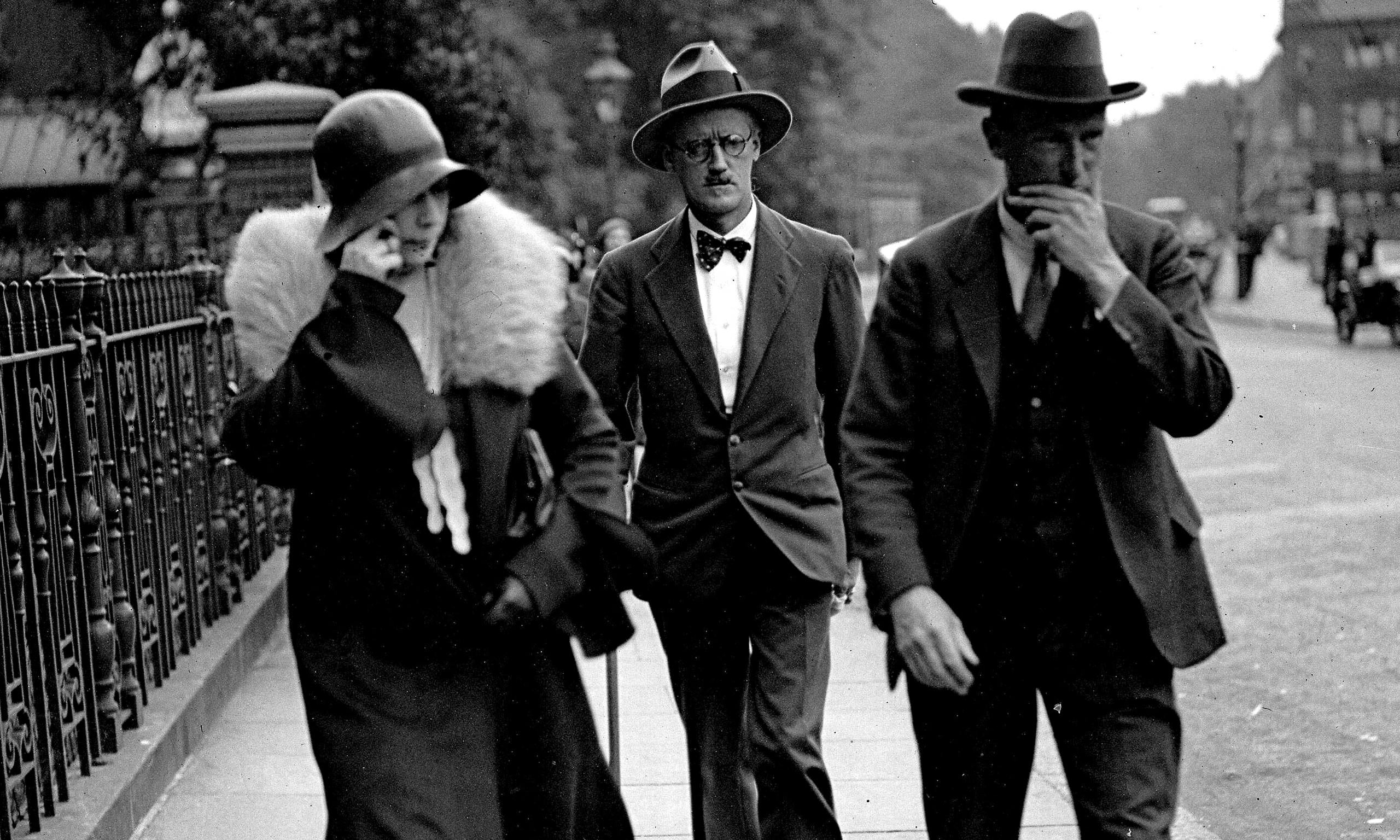
James Joyce and Nora Barnacle
Modernism
Origins: Less an organized movement than an era,
literary modernism emerged in England around 1910 as a reaction against
Romanticism in the wake of the First World War.Prevailing principles: According to the Norton Anthology of English Literature, “what connects the modernist writers—aside from a rich web of personal and professional connections—is a shared desire to break with established forms and subjects in art and literature.” That often meant a rejection of “realistic representation” and traditional forms. Modernist literature is characterized by stream-of-consciousness narration, a focus on psychological investigation as opposed to plot, and a blend of high and low language.
Figures of importance: Virginia Woolf, James Joyce, T.S. Eliot
What to read first: Mrs Dalloway, Virginia Woolf ... [mehr] https://lithub.com/your-pocket-guide-to-10-literary-movements/
Keine Kommentare:
Kommentar veröffentlichen